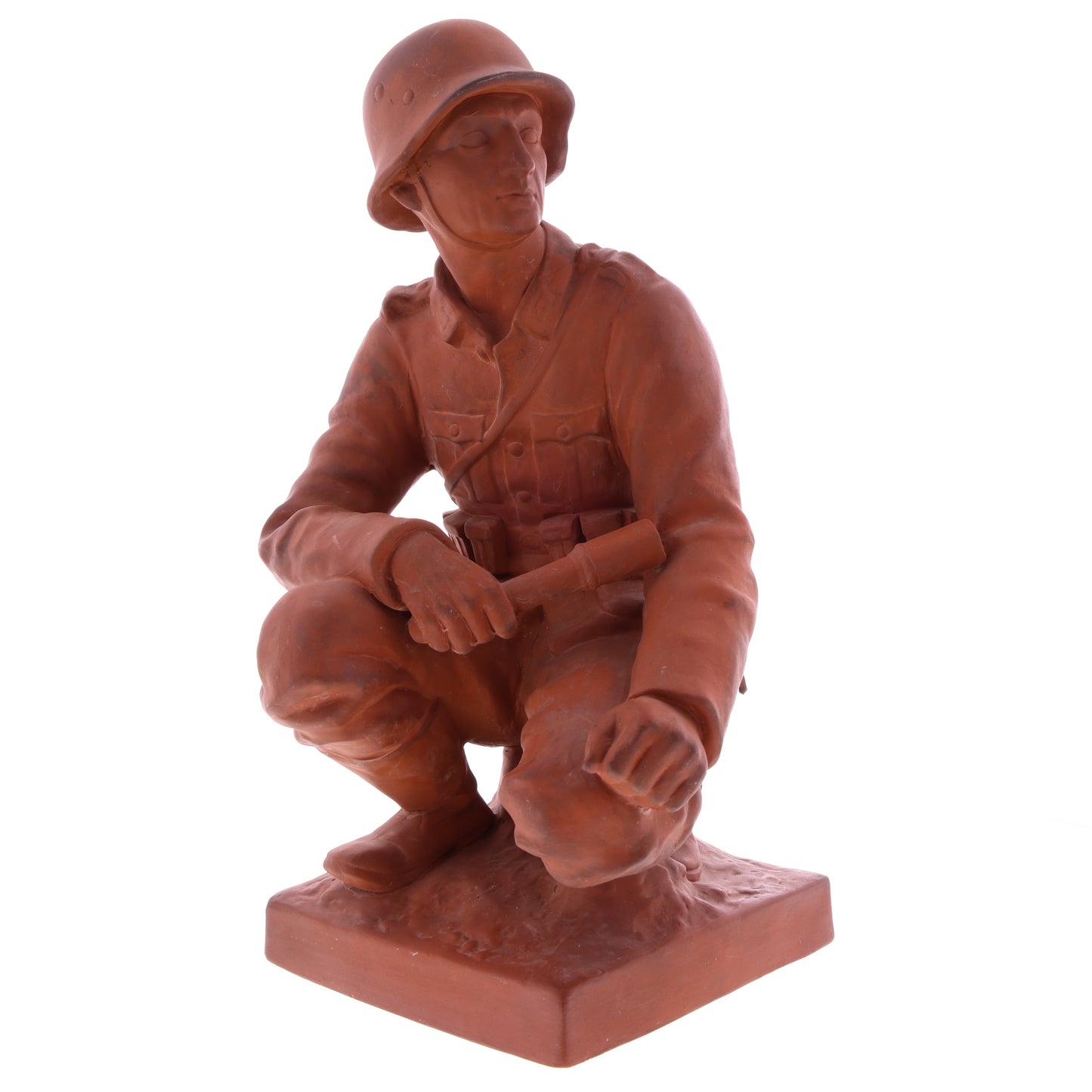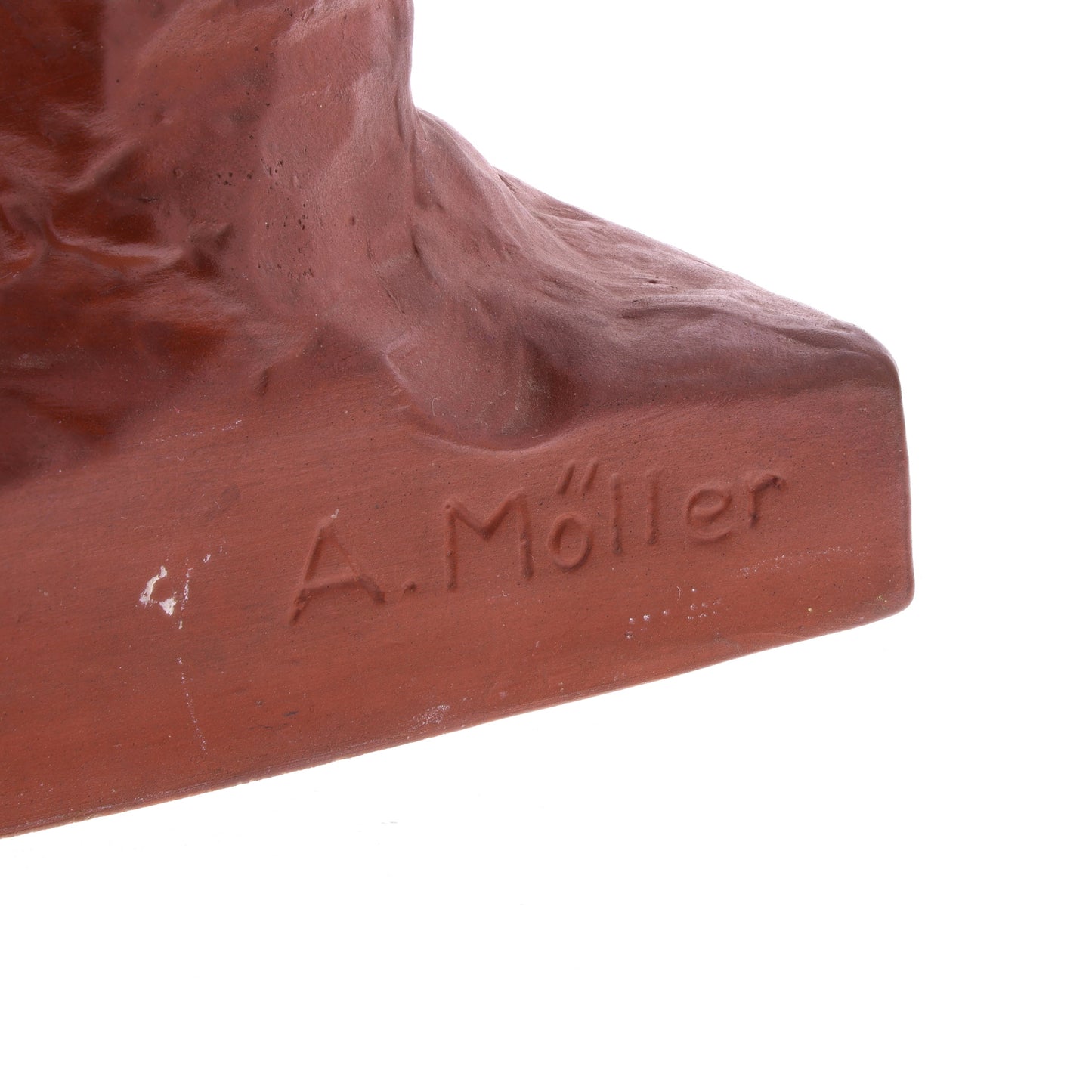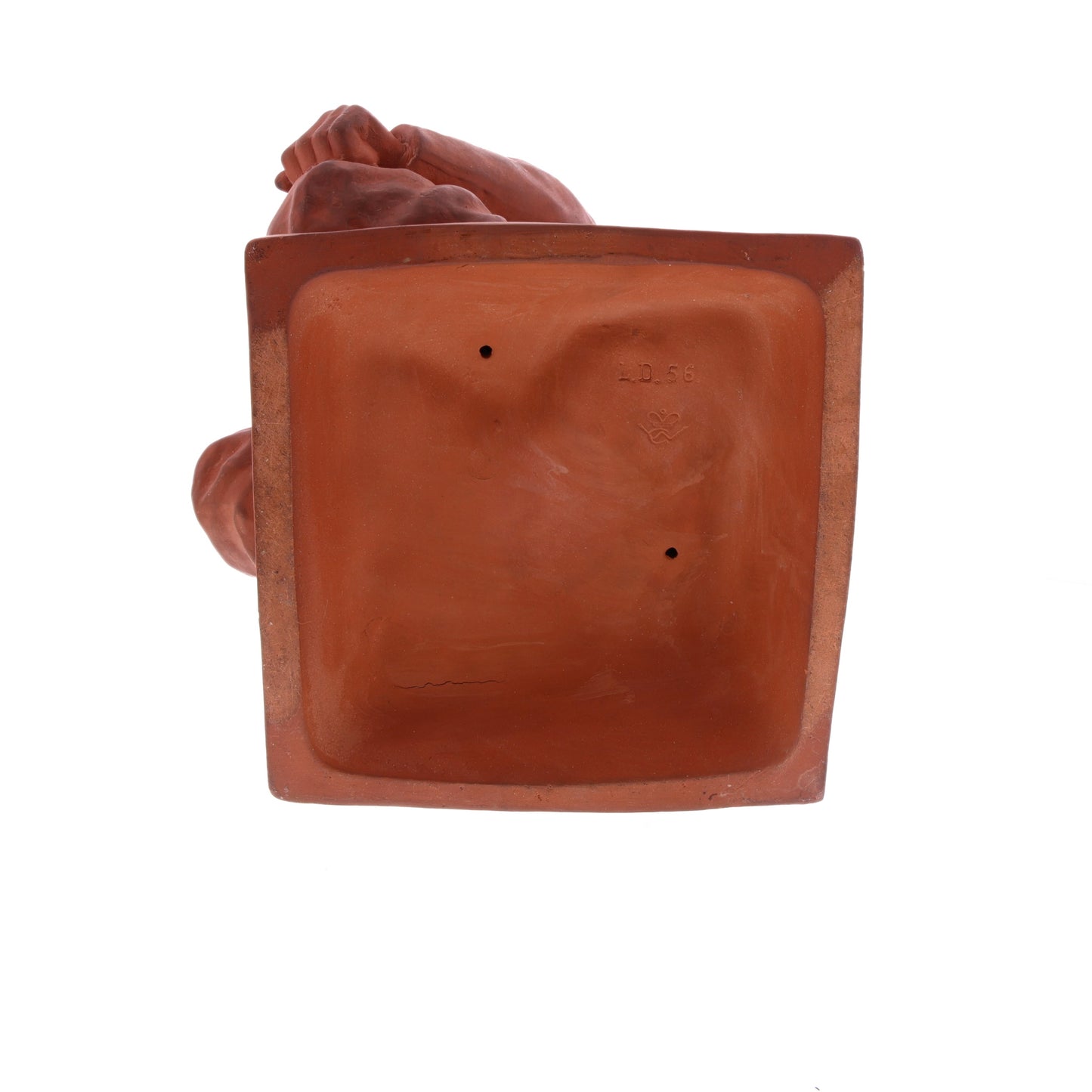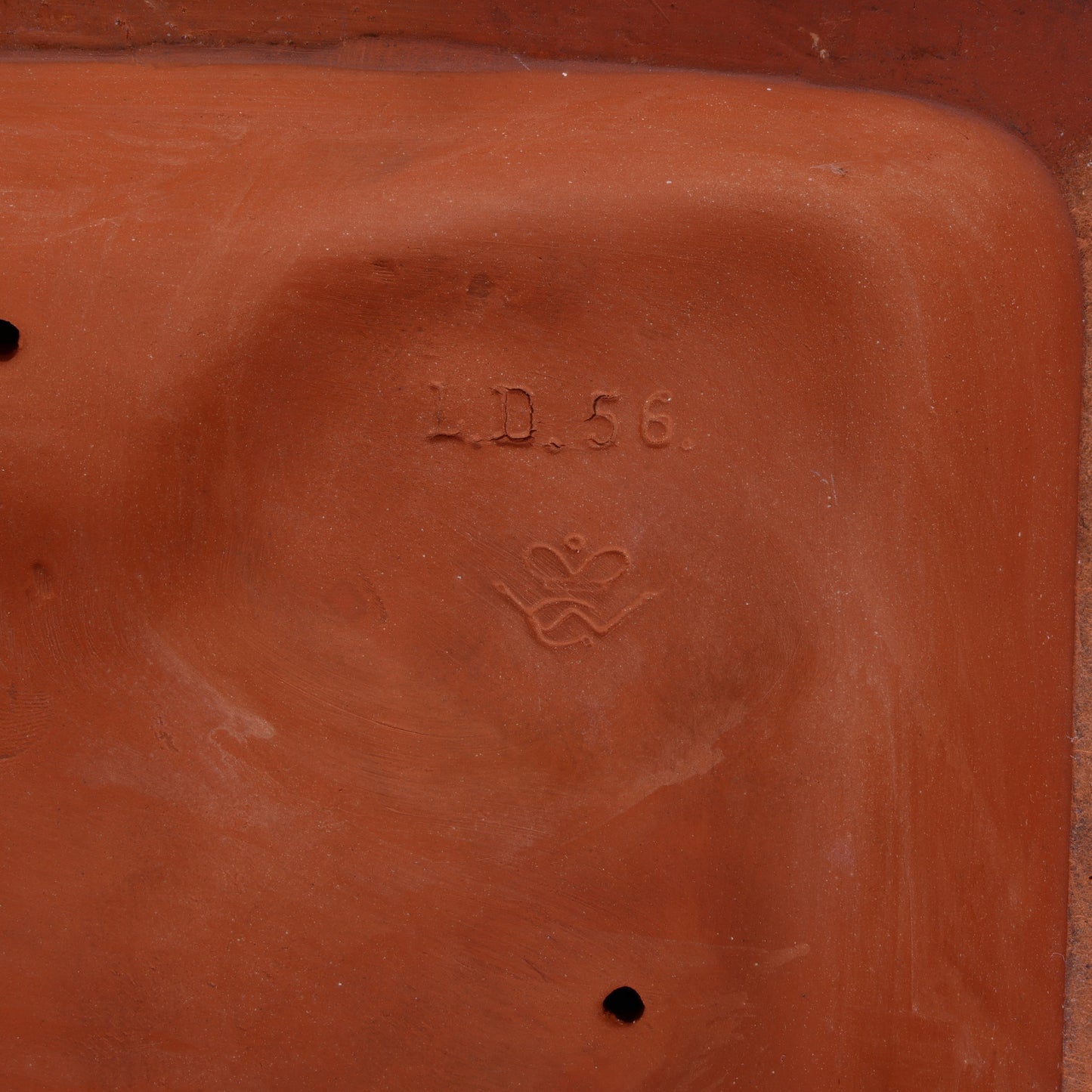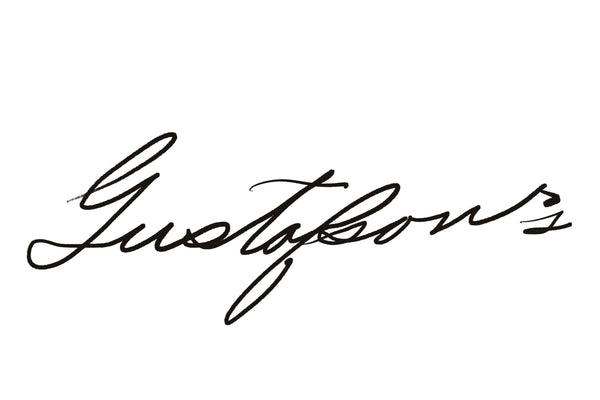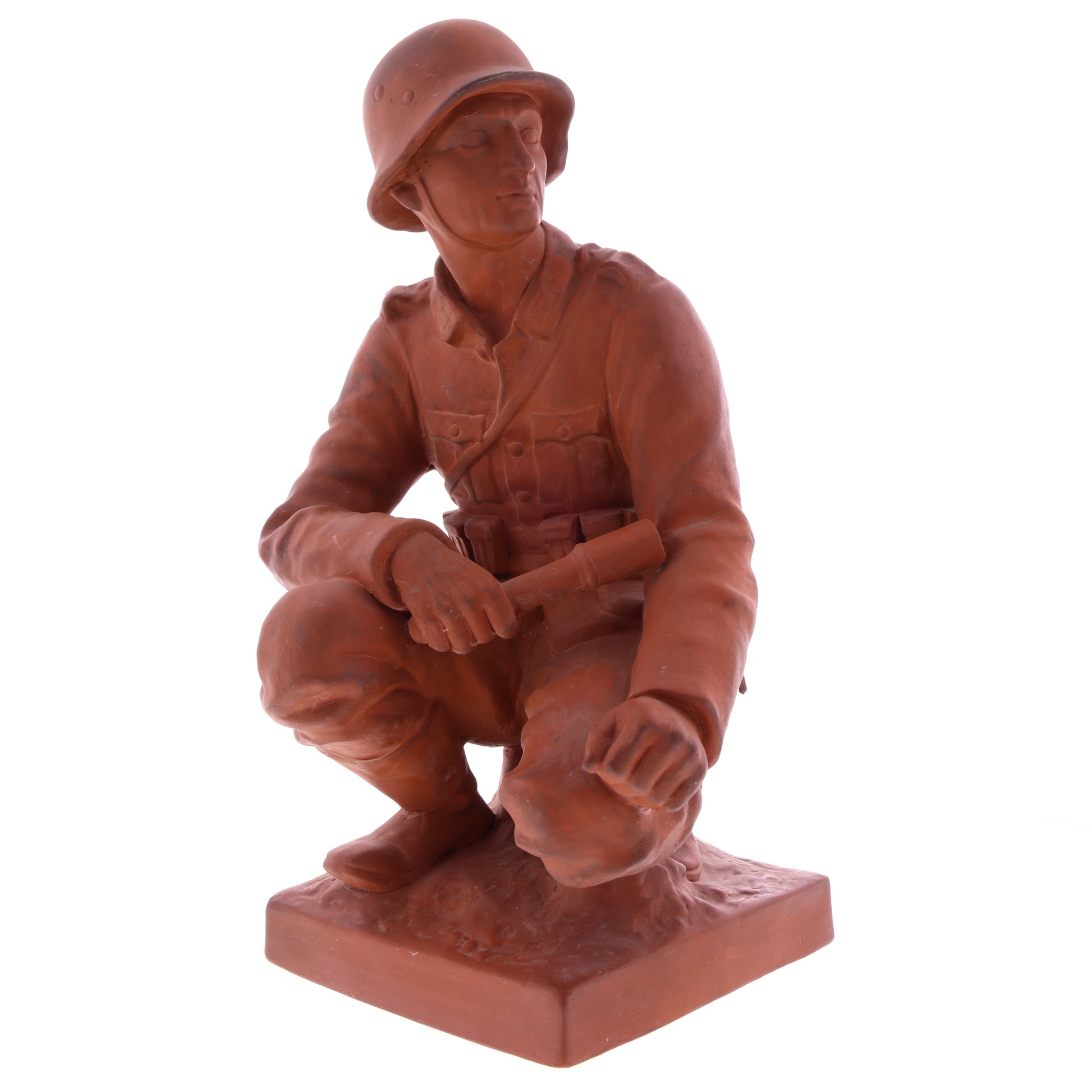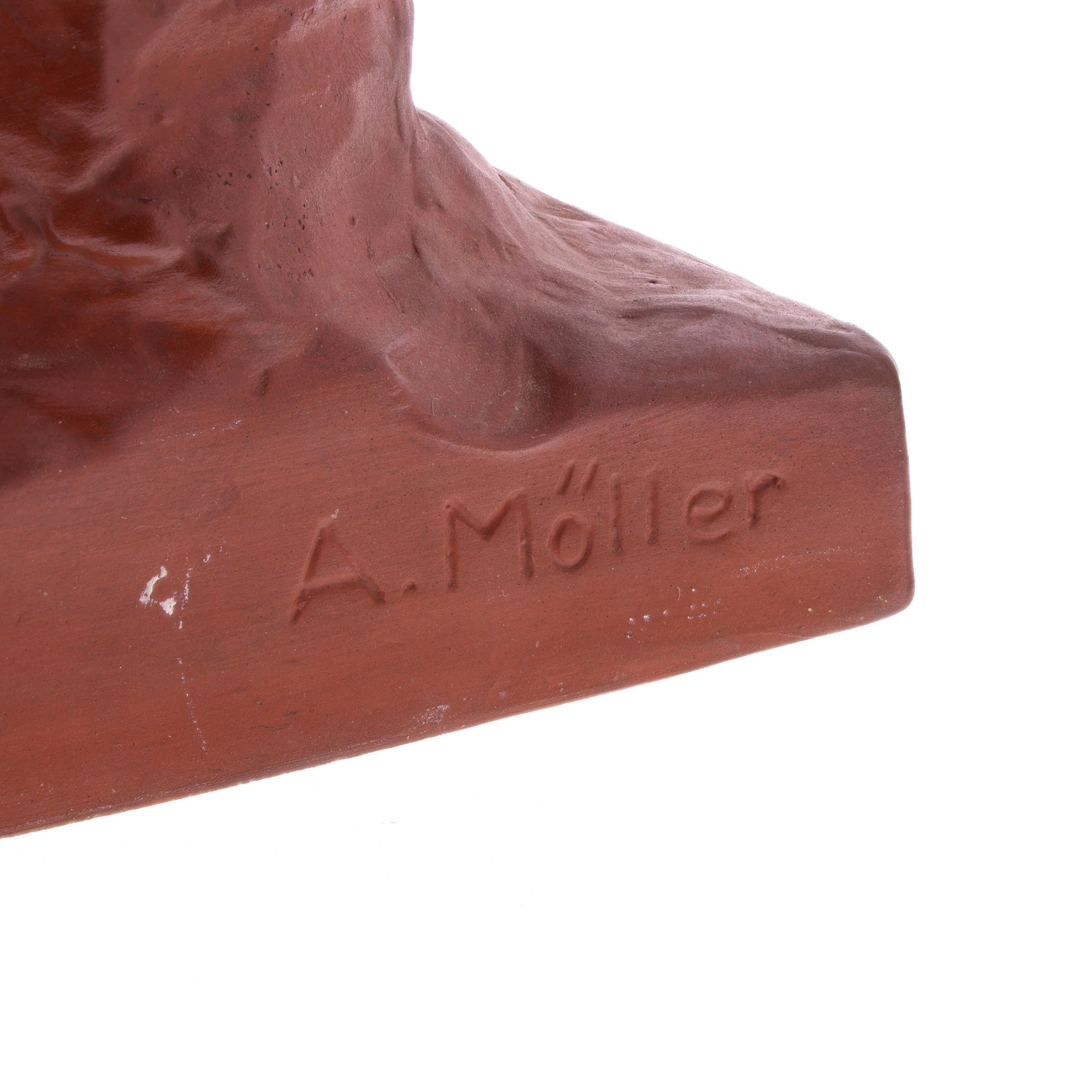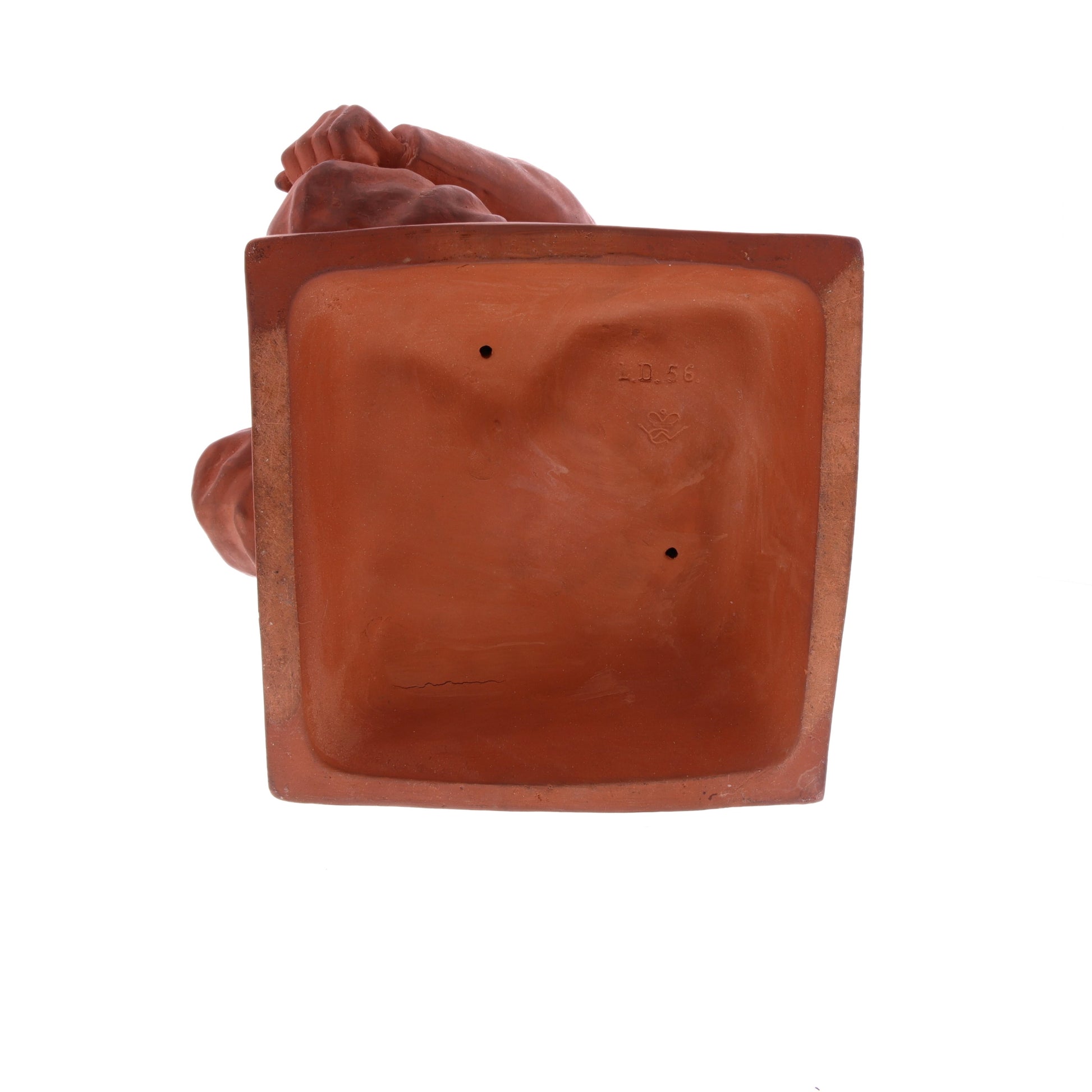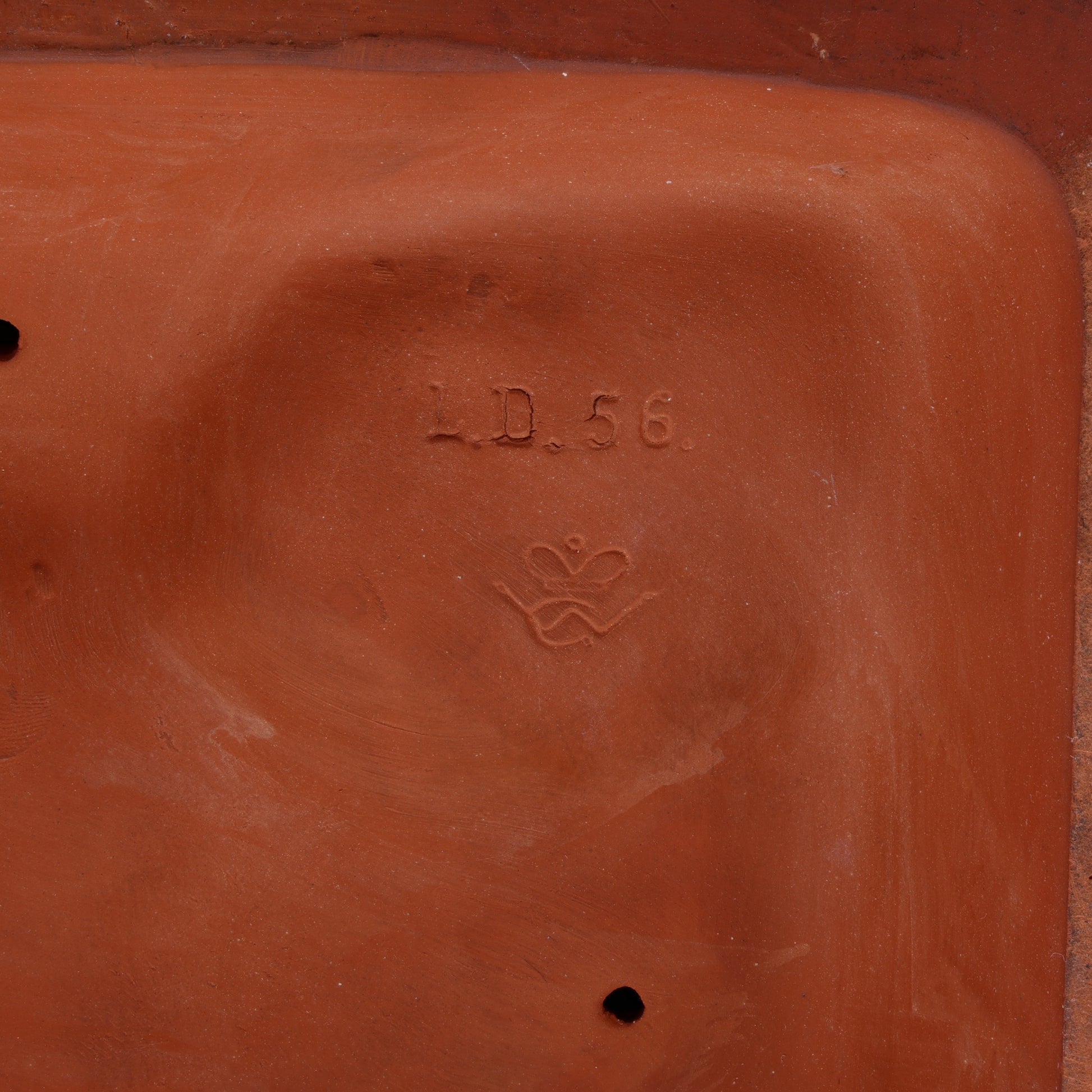WWII German Terracotta Statue of Heer Infantryman by Goebel's Master Sculptor Arthur Möller (1941)
WWII German Terracotta Statue of Heer Infantryman by Goebel's Master Sculptor Arthur Möller (1941)
Couldn't load pickup availability
International shipping available
International shipping available
Customs duties and taxes may apply.
Ships from: Texas, United States
Taxes not included
Taxes not included
VAT and other taxes are not reflected in the listed pricing.
Authenticity guaranteed
Authenticity guaranteed
All objects offered for sale by Gustafson's are guaranteed authentic. Read more
Description
This is an original WWII terracotta statue of a Heer infantryman. This piece, identified on its base as "L.D. 56", was originally modeled in 1941 by Goebel Porzellan GmbH's master sculptor, Arthur Möller, whose signature is found at the rear. Beneath the "L.D. 56" marking is a crown over an interlaced "WG", denoting the company's founder, William Goebel. This particular marking is Goebel's earliest trademark, utilized from 1934 to 1950. A current representative from Goebel confirmed that this piece was modeled in 1941 and "discontinued" in 1960, meaning all original molds were destroyed by that time; however, production certainly ceased during the war. This may very likely be the only known surviving example, making it worthy of a focal point in a well-established collection. This statue exemplifies an immense attention to detail, down to the gas mask cannister's strap slipping behind the scalloped pocket of the subject's tunic. It measures approximately 13 inches tall and has a 6-inch by 6-inch base, with the infantryman, itself, slightly extending just beyond the base.
Provenance
In July of 2025, Gustafson's acquired the inventory of Circa1941. This piece was among those acquisitions.
Condition Report
This artwork was crafted in stages and consists of numerous individual pieces (helmet, stielhandgranate, gas mask cannister, bayonet, etc.) eventually fired together. As such, minor cracks have developed at the points where two separate pieces come together (the seat of the pants and the rock upon which the subject is sitting, the right knee and the ground, and where the neck meets the tunic's collar). Although terracotta is notoriously fragile, the piece is still quite stable.
Share
